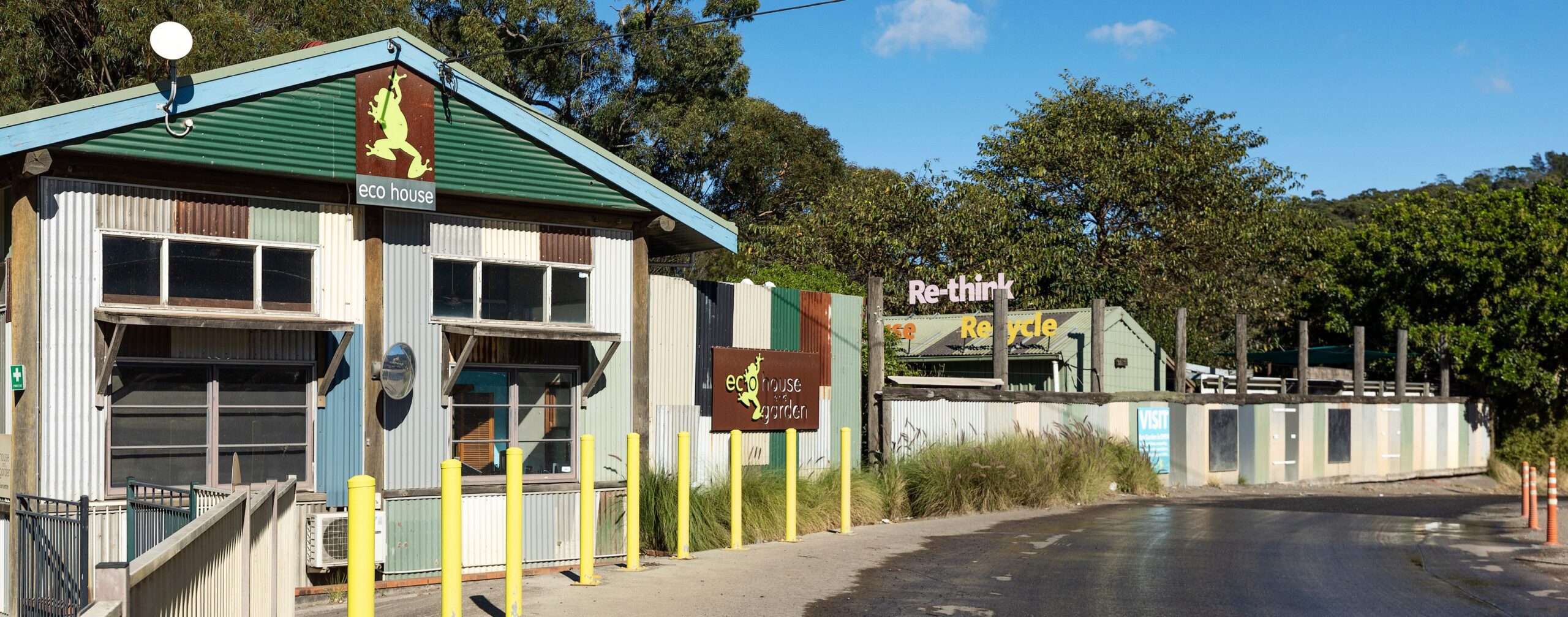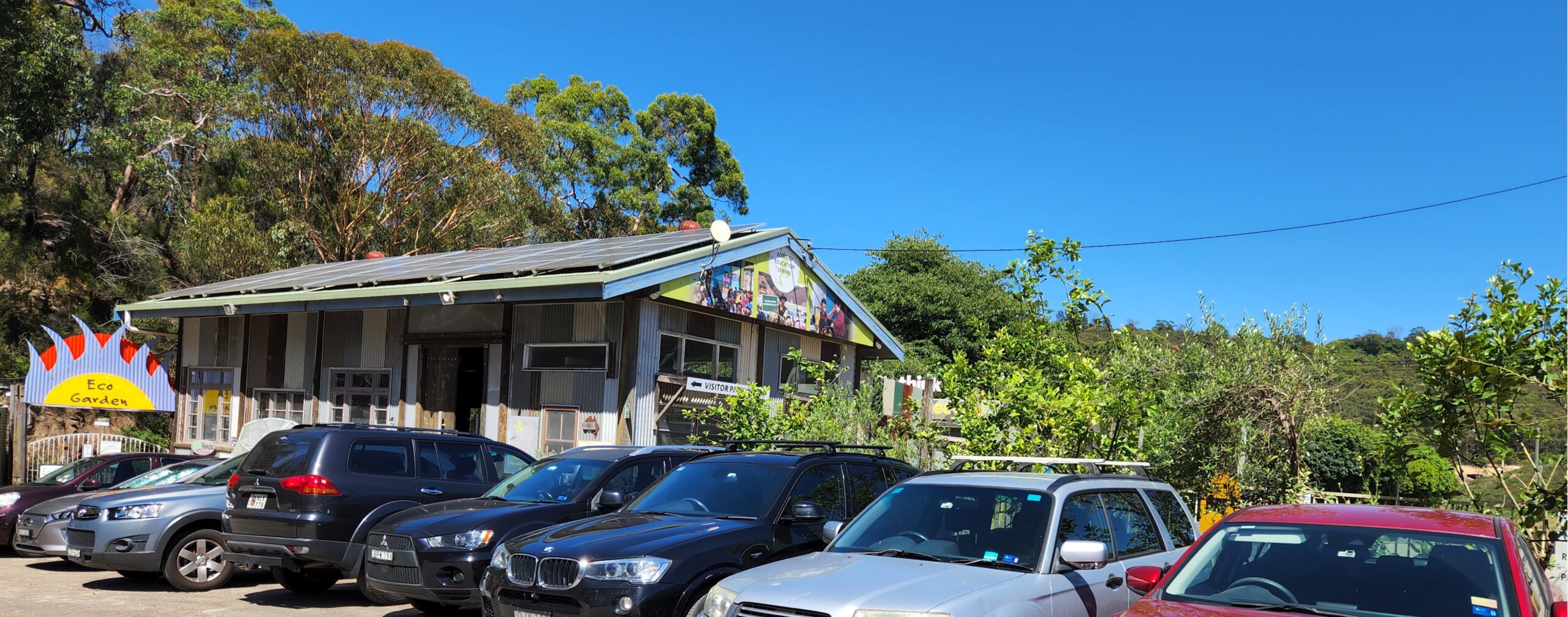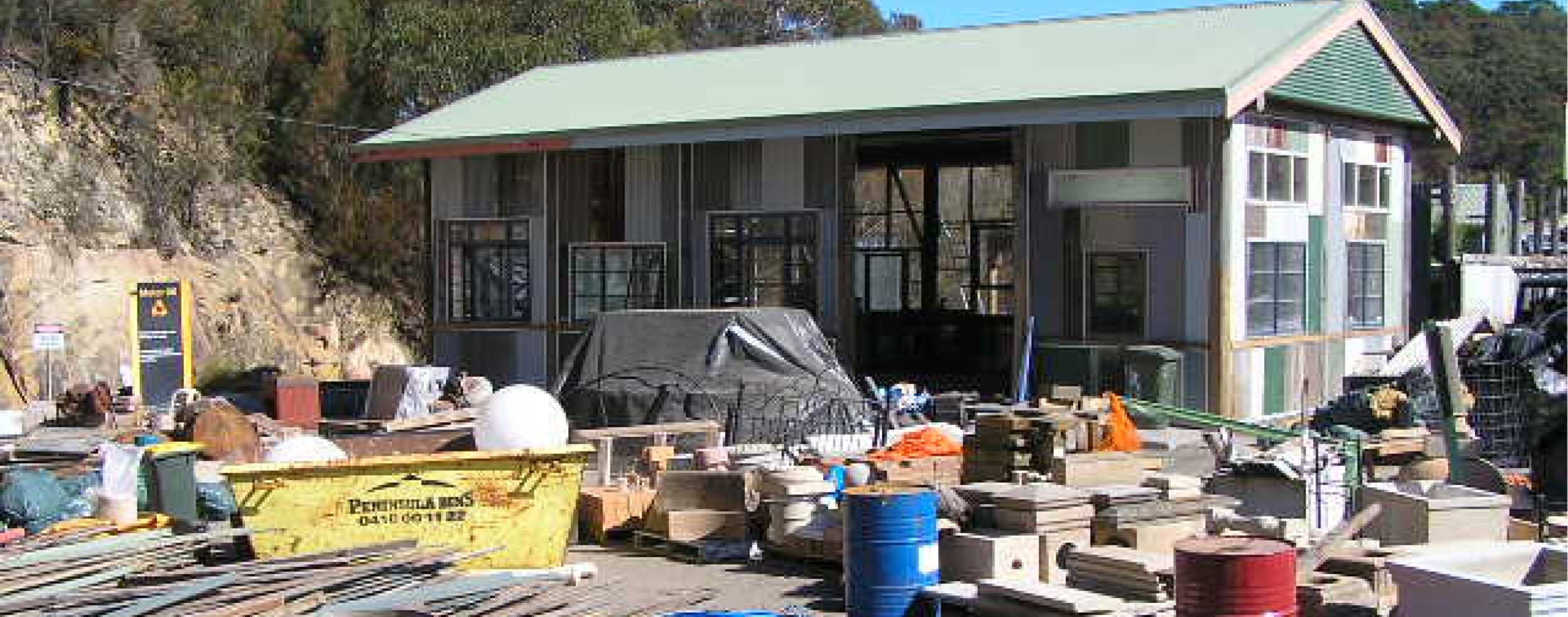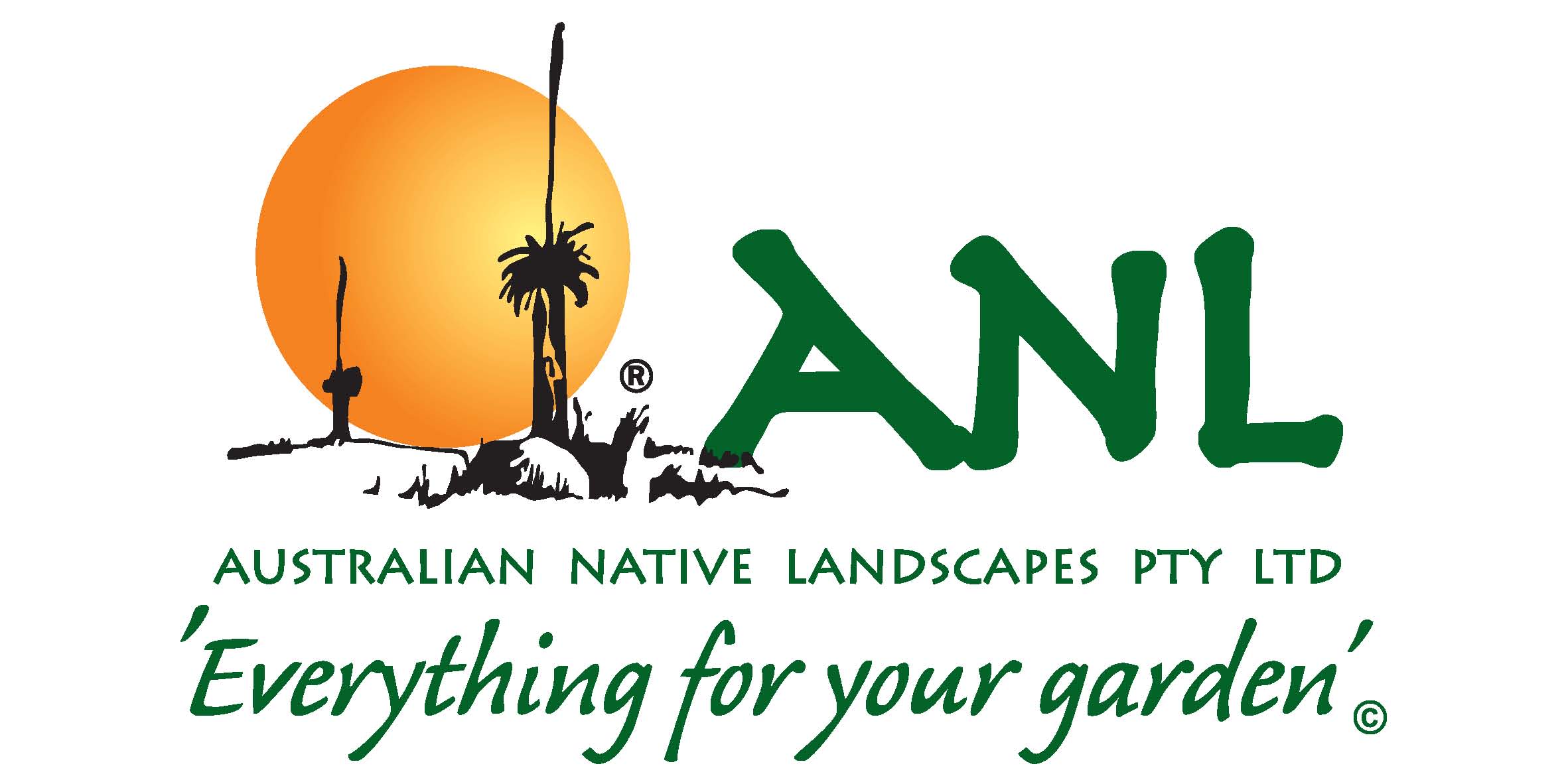
In the Beginning…
The Eco Garden
Peter Rutherford was instrumental in the vision behind the creation of the Eco Garden at Kimbriki. It was identified as a suitable demonstration space for the Northern Sydney Waste Board back in 1998 to educate the Northern Beaches community about organic waste management, permaculture, growing soils and organic food. Peter’s innovation and creativity has been at the core of leading this project from initial conception, to as it stands today, a demonstration centre of excellence for thousands of students, community members, educators, councils and more. Peter has now retired, leaving this local legacy in the hands of a competent team. Peter’s deep connection to our local environment is infectious to all who meet him, and he inspires others to “take care of everywhere you go” – EcoLogos!
The Eco Garden officially opened on Wednesday 17th March 1999.
Kimbriki was chosen partly because of the 4 Council status of the Kimbriki site at the time, the availability of suitable materials and machinery and the excellent media opportunity of having a demonstration garden on a waste site. The plan at the time was to continue this development into other areas establishing numerous Eco Gardens with Kimbriki Eco Garden leading the way.
The aim of the garden was to provide practical demonstrations in the following concepts:
Vermiculture, weed suppression, identification of indigenous and native plants, water conservation measures, rainwater re-use, low maintenance vegetable gardening, confined space and organic gardening and ecological design principles incorporating the re-use of materials.
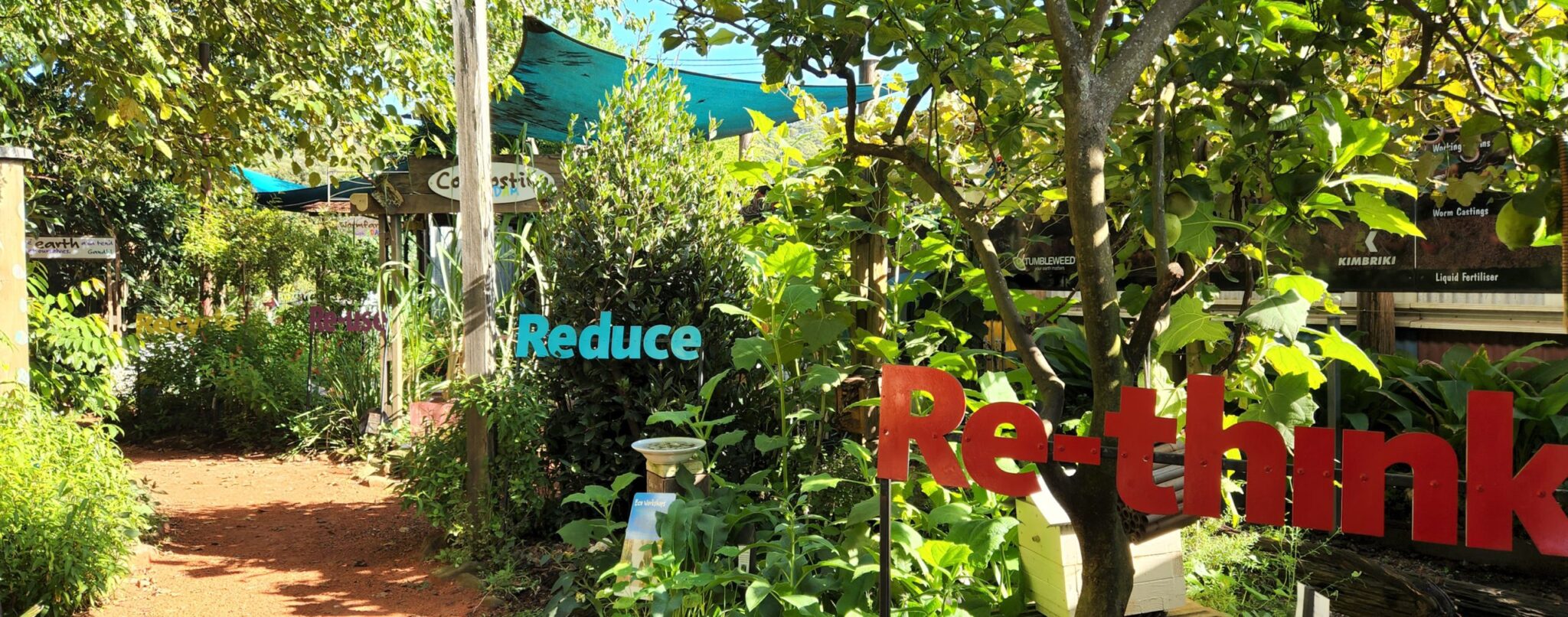
The Eco House
On a mission to make a building of almost entirely rescued materials, Kimbriki has created this wonderful place to inspire you – The Eco House Education Centre. Over 80% of the materials used to build the Eco House are reused materials that have been rescued from landfill. Materials used:
- Street Power Poles: The core structure of the Eco House is built from power poles that are often replaced, so are a valuable building material to recover and reuse.
- Corrugated iron: A wonderfully useful Australian building material, corrugated iron has been rescued from the metal pile and been used for the walls of the Eco House, saving money and making a smaller carbon footprint.
- Doors from rescued wharf timbers: It was obvious to us that such a great building needed amazing doors. These doors have been created specifically for the Eco House from rescued wharf timbers.
- Timber flooring: A truckload of timber destined for disposal in landfill was reclaimed and now exemplifies a fine example of why some things are worth saving.
- Concrete flooring embedded with glass, engine parts and grilles: Its mass is great for moderating the temperature. It has been polished to reveal these hidden treasures.
- Recycled windows: The embodied energy for glass is 12.7 MJ/kg compared with clay bricks with 2.5MJ/kg. That was why it was so important for us to use rescued windows to build the Eco House as it is a much better option by recycling them.
- Interior paneling from ABC studios: We were happy to receive these panels when the ABC upgraded their studios. Insulation by the bag load was diverted from disposal, for use in the walls of the Eco House.
- Re-used School chairs: Schools may be replacing chairs, but many are still good for another life. The chairs in our education centre are all rescued.
- Front railings: Beautiful railings delivered to the metal recycling area at Kimbriki were rescued as we thought that such craftmanship should have another life adorning our Eco House.
Solar Panels on the roof and a “smart meter” provide 23 kilowatts of valuable energy which along with an 80-kilowatt array on the main office building, charges the company’s fleet of electric and hybrid vehicles, powers the data centre in the main admin building as well as the air conditioning and other electrical needs of the smaller offices and amenities buildings on site. The excess from both systems is then supplied back to the grid as green energy.
The large Rainwater Tank collects rain from the large roof surface area, and has been designed to connect in with our garden irrigation system to water our plants and top up the Garden Water Tank
We think we have clearly demonstrated through the Eco House design and build that not everything in a new construction must be new.
